What is APS coating?
Air plasma spray is an innovative and versatile technique used for various surface treatments and hard facing applications.
This method utilizes a high-temperature plasma arc to melt and propel particles onto a substrate, creating a protective coating. One of the key materials used in air plasma spray is zirconium oxide, which is known for its exceptional thermal barrier properties. By applying zirconium oxide coatings using air plasma spray, hot parts such as blades and nozzles in gas turbines can be effectively protected from high temperatures and thermal stresses. This technology has been continuously developing to enhance the performance and durability of these critical components.
Another material commonly used in air plasma spray is chromium oxide. Chromium oxide is a high hardness ceramic material that offers excellent tribological properties, including high wear resistance. Coatings made from chromium oxide are widely used in various industries to improve the wear properties of components. The air plasma spray process allows for precise application of chromium oxide coatings, ensuring optimal performance and longevity.
In addition to zirconium oxide and chromium oxide, air plasma spray can also be used to apply materials like tungsten or chrome carbides, aluminum oxide, titanium dioxide, and magnesium zirconate. These materials offer unique properties that can address different issues such as wear, erosion, abrasion, corrosion, and high temperature environments. With air plasma spray, manufacturers have the flexibility to choose the most suitable materials for their specific needs.
Air Plasma coating is used in:
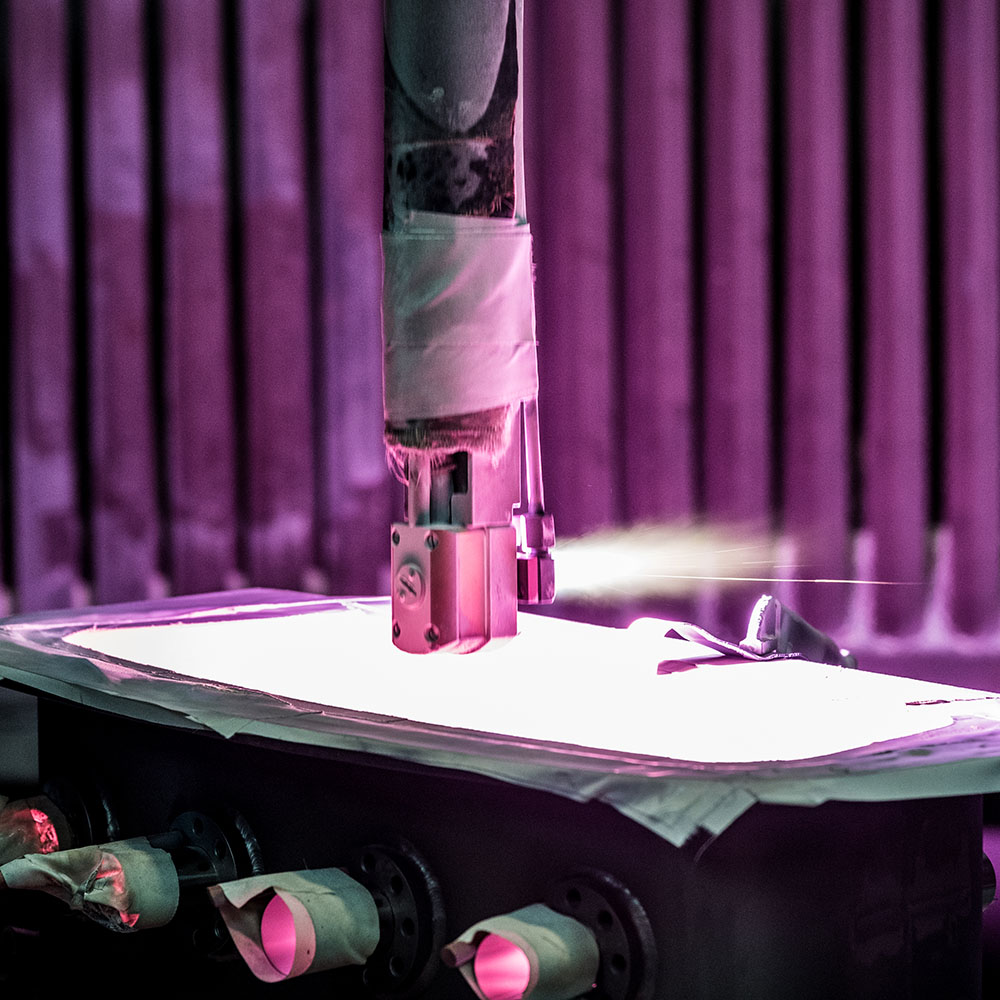
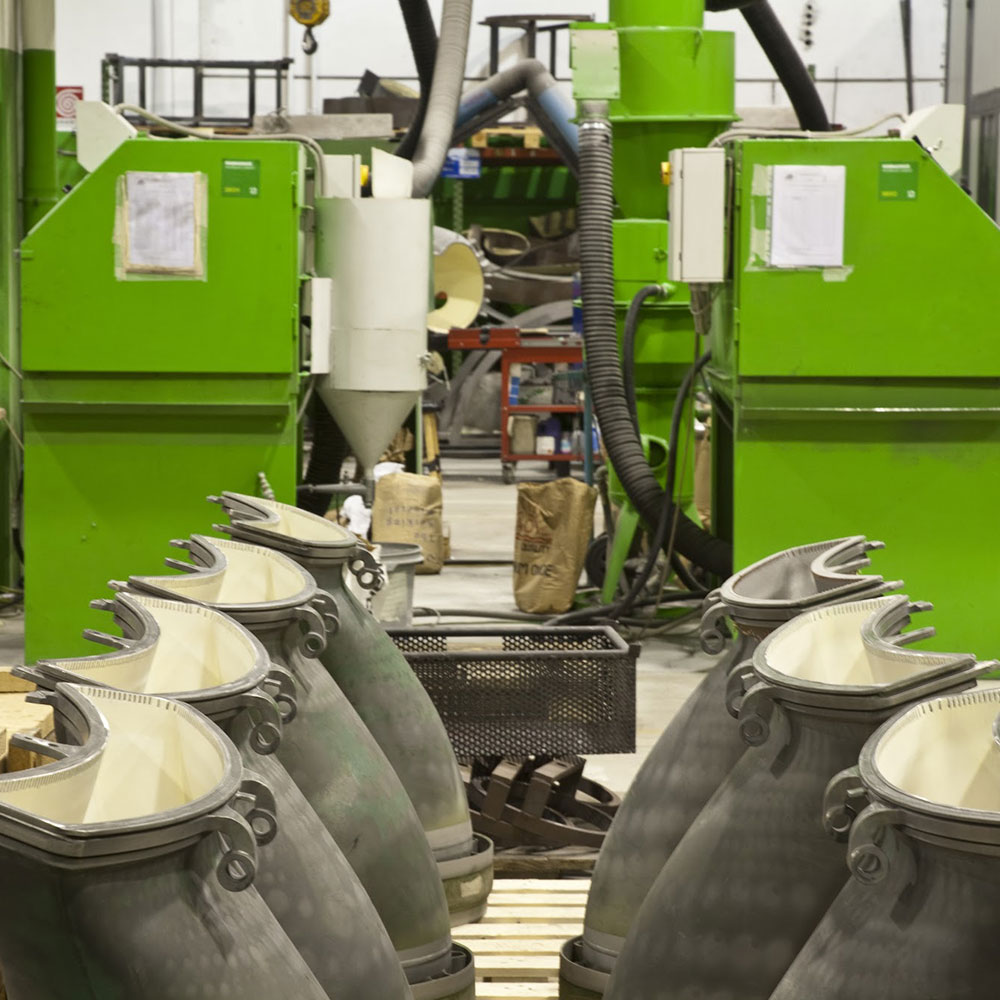
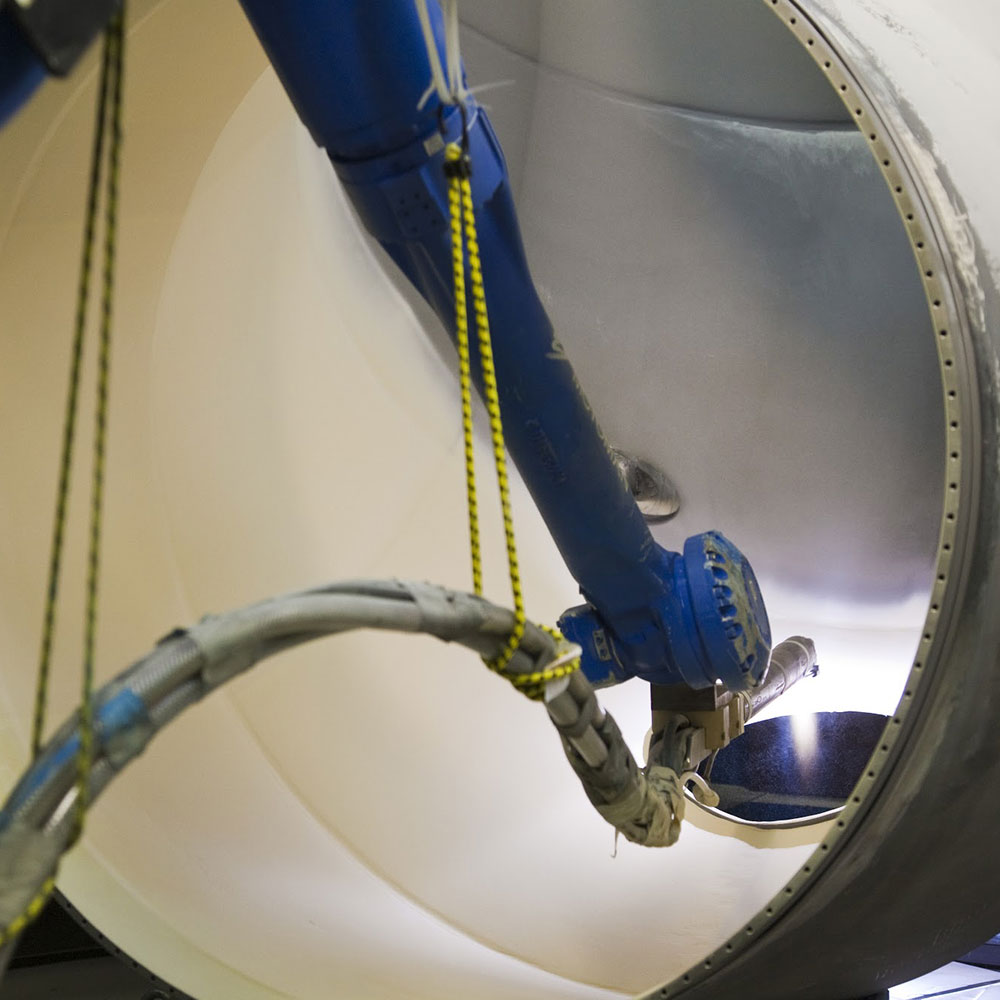
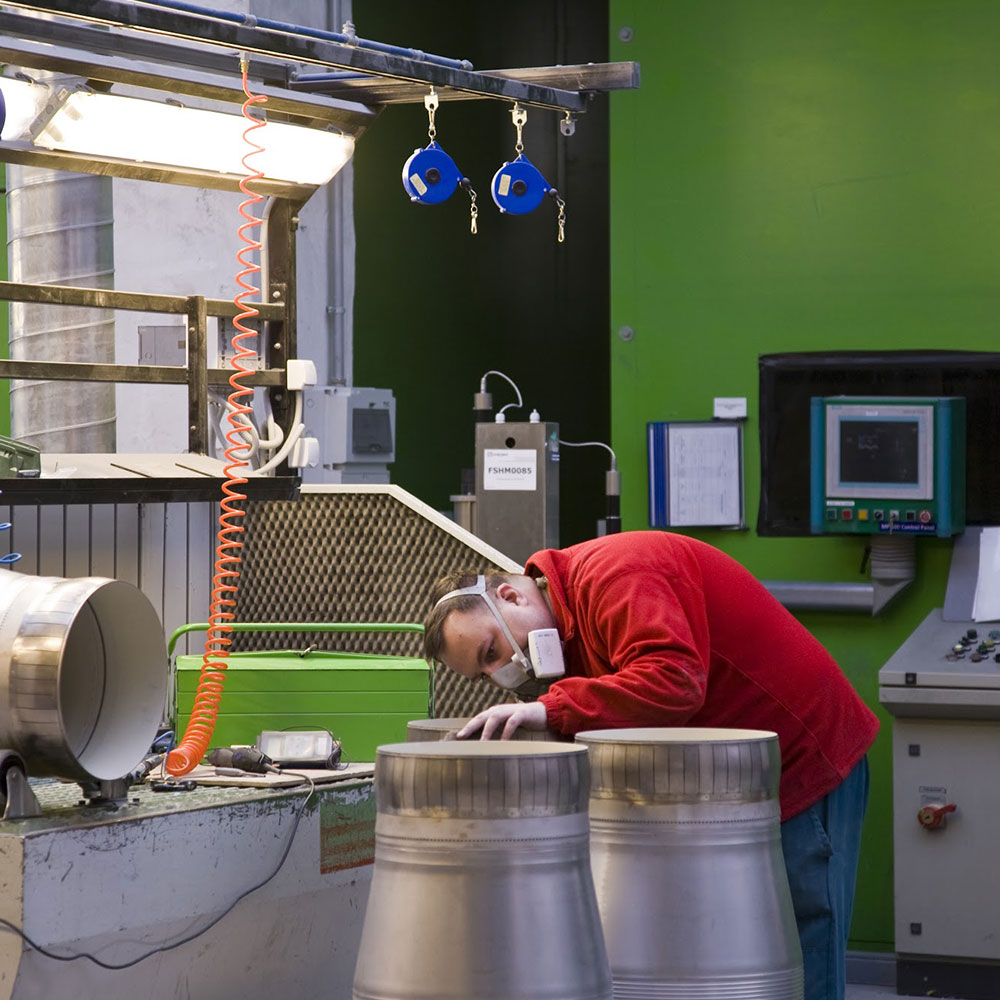
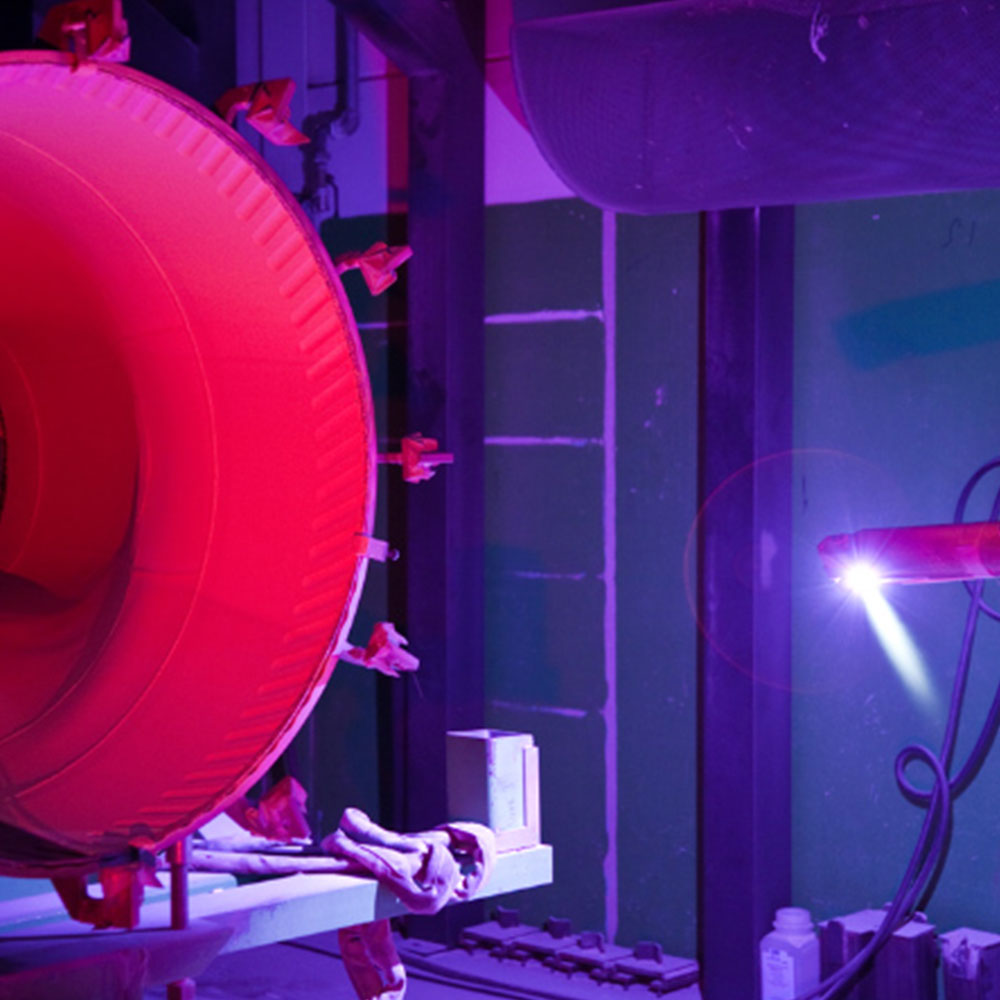
Advantages of Air Plasma coating
Air Plasma Spray coatings offer numerous advantages in various industries. One of the main advantages of Air Plasma Spray coatings is their ability to provide superior protection against Thermal fatigue, wear, oxidation and corrosion.
These coatings are extremely durable and can withstand harsh environmental conditions, making them ideal for applications where components are exposed to high temperatures, chemicals, or abrasive materials.
Additionally, Air Plasma Spray coatings can be applied to complex shapes and surfaces, providing a uniform and seamless protective layer. This makes them highly versatile and suitable for a wide range of applications, including aerospace, automotive, and power generation industries. Overall, the advantages of Air Plasma Spray coatings make them a popular choice for improving the performance and longevity of critical components.
Results
Bring us your problems, our experience will provide the answers
We support and advise you in selecting the most suitable technology and materials to meet your specific needs.
Contact us now to have an engineer at your disposal, and together, we’ll find the solution to your biggest problems. We understand urgent, an engineer can be immediately available, call us, email us, and if necessary, you’ll have a proposal within 24 hours.
Air Plasma F.A.Q.
Plasma sprayed coatings typically utilize higher temperatures and lower velocities (compared to HVOF High Velocity Oxygen Fuel) allowing a larger variety of coatings to be used. However, HVOF is ideal for parts facing severe wear and abrasion stress, as it provides a hard, wear-resistant surface that improves also Hot corrosion resistance. Ultimately, the choice between Air Plasma Coatings and HVOF coatings depends on the specific requirements of the application, and both technologies offer benefits in improving the performance and reliability of products.
Coating thickness depends heavily upon the thermal spray process used to apply it and the material being applied. Thickness can range from 50 microns (0.002”) to 2 mm (0,08”) thick, like in the case of the thick Thermal barrier coatings.
Air Plasma Coatings also require proper surface preparation for the coating to bond with the substrate effectively. Just like thermal spray coatings, grit blasting is the industry standard method used to prepare the surface for Air Plasma Coatings. The surface to be coated is physically deformed to create a rough anchor tooth profile, which is tested for acceptability before the coating process commences. Ultimately, the choice of surface preparation method depends on the specific requirements of the application.
Yes, Plasma Spray and HVOF (High-Velocity Oxy-Fuel) are two different types of thermal spray processes used for the application of coatings. In Plasma Spray, a plasma jet is used to heat and melt the coating material, which is then propelled onto the substrate being coated. On the other hand, HVOF uses a combustion process to heat the coating material and propel it onto the substrate at high velocity. While both processes can produce high-quality coatings with excellent adhesion, the choice of equipment depends on the specific application requirements.
